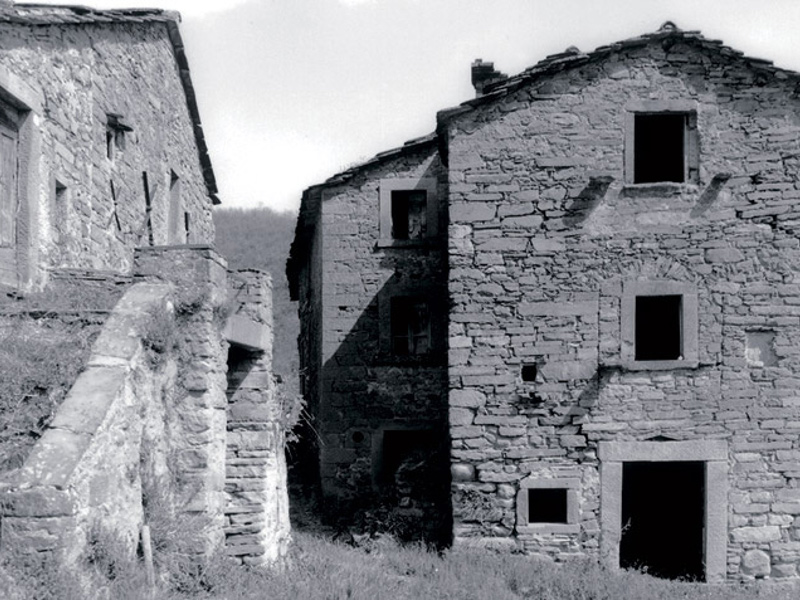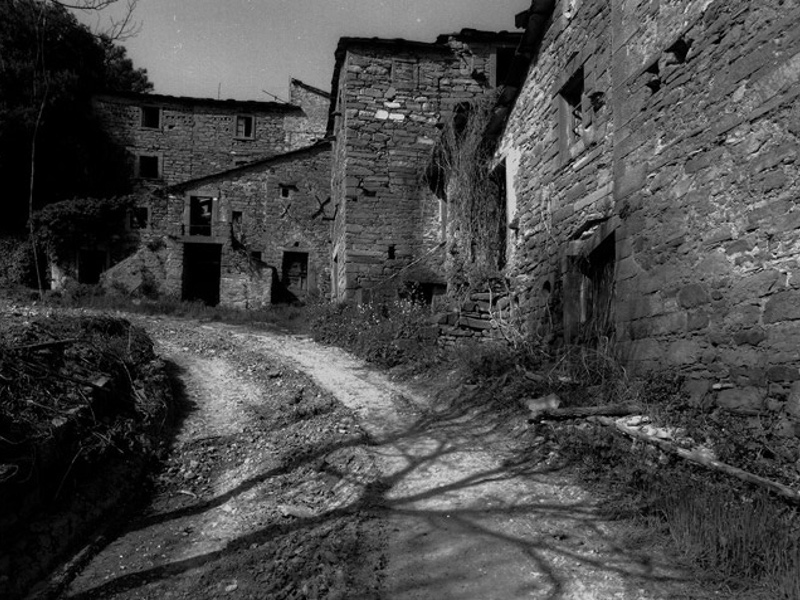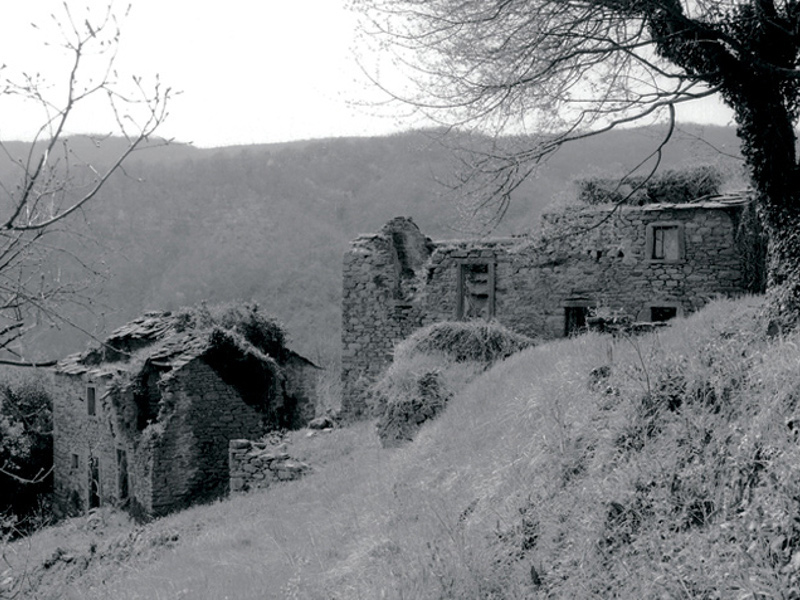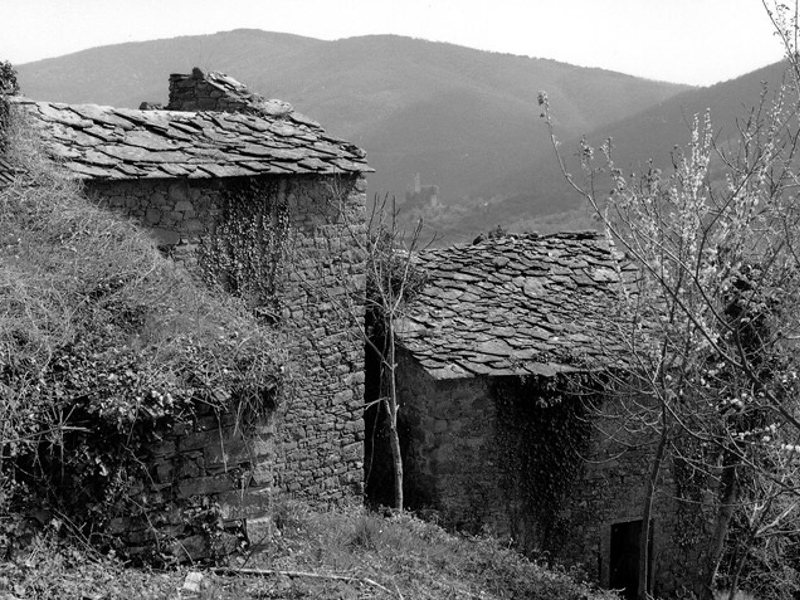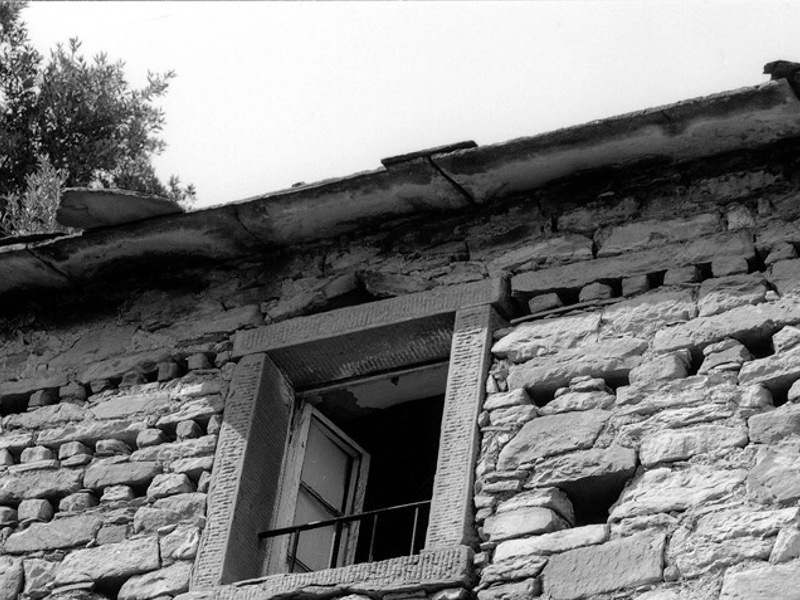Borgo di Vagli’s first structure was built in the 14th century as a guard tower to protect the impressive Pierle Castle (10th century) from marauders entering the Niccone valley from the hills behind Cortona.
At that time, the current Tuscan territory, as well as the rest of future Italy, was extremely fractioned, divided among hundreds of small fiefs, ruled by numerous feudal lords, vassals and vavasours constantly fighting one another in the hope to gain more land, more tributes, more power.
That was the historic and economic background that marked a whole era, under the name of mediaeval period, and lasted for centuries until onset of the rule of the Medici family that finally brought peace and political stability to virtually all of the current Tuscan territory.
The guard tower had no further military function. Its battlements were cropped and the stones were used to create a small homestead for a farmer and his family, working throughout their entire lives for the local landowners. During the next three to four hundred years, more farmers and their families built their homes around the old guard tower, attracted by the wholesome location and the prospect to live by utilising the fields and woods surrounding the hamlet. The hamlet grew, apparently randomly, but in fact following very precise rules, methods and habits of building, literally stone upon stone, with the never ending manual work of hundreds of peasants-masons-farmers. They virtually left the hamlet only to buy and exchange goods at the travelling market (mercato) that sporadically came through Mercatale (ancient word for mercato) at the bottom of the valley. There they bought salt, occasionally more livestock and a few more items they couldn’t grow or rear.
This tradition continued, almost unchanged, until the end of World War II.
With the desperate need of social justice and economical progress brought in by the winds of democracy that followed the dark period of 20 years of Fascism and such a destructive war, in the late ‘40s, in the whole of Italy, a new law determined a completely different way to control the exploitation of rural land. The former farmers, who for centuries had agreed with the local landowners to share 50% of their produce in exchange for accommodation (mezzadria) all of a sudden, became – in the intention of the legislation – a salaried working class.
The system broke down as the young families who had no rights to the land or houses where forced to seek a better life in urban areas, thereby assisting the industrial market. Whereas, the landowners were unable to achieve a sufficient income to warrant paying a salary due to very old, basic and poor agriculture.
Only the elderly people remained at the hamlet for few more years, until the attraction of bigger and more organised villages or small cities became too strong an attraction for them to resist.
In the late ’80s Vagli was completely abandoned; only one woodcutter continued to keep a few mules in one of the stables...
At that point, Architect Fulvio Di Rosa was offered to walk the road to the ruined village and the “bug of making it live again” started buzzing in his head. He had experienced and completed already several “crazy” restorations and Vagli became his new obsessive dream.
With the instrumental assistance of Dina Fragai (the present cook and then owner of one of the largest property), approached all the owners and their heirs and after 3 years Di Rosa purchase the entire hamlet.
The restoration Project was very significant and the first to be brought to the town hall of Cortona and took 3 years to be designed, discussed and approved. It was a visionary Project, aiming to marry an historical era that had virtually disappeared with modern day life.The rest of Vagli’s story is a “recent” one: the restoration works started in 2000 and were completed in 2005. Owners from all over the world are now regularly returning to their “Home in Tuscany” and experiencing the enjoyment of authentic Tuscany, with their families and friends and building new friendships with other likeminded people. They are generally attracted by the same reason: being able to re-discover and re-connect with a simpler and more authentic life made up from emotions too often forgotten ...their children’s or grandchildren’s laughter, long lazy days by the pool, the sound of an early morning wind, the smoke coming out of trattoria’s chimney which means Dina’s home cooked dishes, the welcome bright sunshine after a hazy dawn, the smell of freshly cut grass, the noisy silence.

